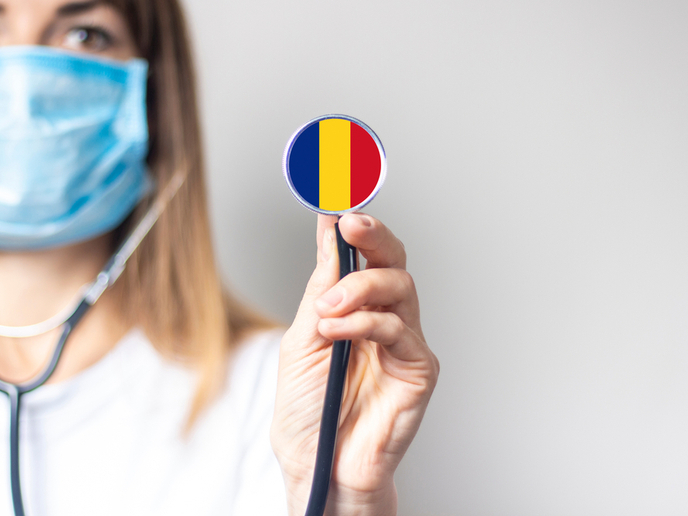Assessing health-related quality of life in Romanian society
Over the past decade, the importance of measuring health-related quality of life HRQoL(opens in new window) has become increasingly clear. Understanding this factor can lead to drastic improvements in clinical research, clinical practice and the provision of healthcare. In Romania, detailed information linked to HRQoL is still lacking. The EU-funded research project QoLRO sought to bridge this knowledge gap by applying state-of-the-art analysis techniques. “The objective of this project was to develop a method to help Romanian authorities to make better and more transparent decisions about the provision of healthcare,” explains Elena Olariu(opens in new window), Marie Curie research fellow at Newcastle University(opens in new window), and lead researcher on the QoLRO project. The QoLRO project had a second, more specific goal: to investigate and reveal any potential disparities in HRQoL between the general population in Romania and a particularly disadvantaged group, the Roma communities.
The value of good health
One of the most widely used formats for measuring HRQoL is EQ-5D-5L(opens in new window), an accurate and reliable self-reported health questionnaire. EQ-5D-5L measures five dimensions of a person’s health: mobility, pain or discomfort, self-care, anxiety and depression, and usual activities. Answers provide information on the values a population has in certain aspects of health, as well as their health status. “Besides measuring health status, it can also be used to rank people’s preferences for different health states. Thus, it can show which health problems and what severity levels have the largest impact on somebody’s health-related quality of life,” says Luke Vale(opens in new window), professor of Health Economics at Newcastle University and QoLRO project coordinator. The results showed Roma communities to have a lower level of HRQoL than the general Romanian population. The determining factors in these communities were problems associated with self-care, pain or discomfort, and anxiety and depression. Notably, pain, discomfort and mobility problems have the largest negative impact on the general population’s HRQoL in Romania, while anxiety and depression have the least impact. “This is in contrast with some western European countries, where problems in performing usual activities, as well as anxiety and depression, were the main determinants of a lower HRQoL,” adds Olariu.
Informing health policy
As a result of the project, the EQ-5D-5L can now be more readily used in Romania, in clinical trials or for the evaluation of public health. The team hopes it will be included in routine population surveys, and that the local scoring algorithm designed by the project will be employed more widely, too. “We expect our results to push the development of health technology assessment(opens in new window) in Romania one step further,” notes Olariu. “This will make reimbursement decisions in Romania more transparent and more cost-effective as they will better capture people’s needs and adapt them to the resources available locally.” The team is also working towards assessing the impacts of COVID-19 lockdowns on Roma communities based in Newcastle, United Kingdom. Olariu says the EU funding helped turn the project ideas into reality, for which she is grateful: “This was a challenging project with many ups and downs, but I am happy that, thanks to the EU funding, we were given the opportunity to implement it and hopefully change things for the better in the Romanian healthcare system.”







